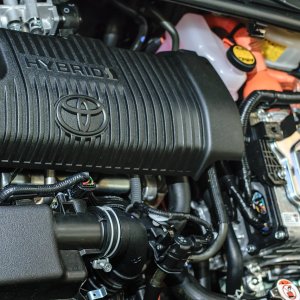
Aston Martin DB11
With the debut of the DB10 in the James Bond movie Spectre, Aston Martin hinted at what the new DB generation might look like. Mexican fans have the opportunity to see for themselves with the arrival of the DB11 to Aston Martin’s Mexico City dealership at a price of US$315,000.
The DB11 has just about enough from the old DB5 to make it recognizable as part of the DB family but it immediately suggests a more powerful core thanks to its aerodynamic lines and surface details. Just like the DB10, the DB11 has a new grill, complemented with all-new LED head and taillights, as well as a clamshell hood that gives it a more elongated and expressive image. The exterior features are wrapped around a bonded aluminum frame that makes the car lighter and stronger, while increasing interior space.
Aerodynamics in the DB11 go beyond controlling airflow over its bodywork. Thanks to the Curlicue and Aston Martin Aeroblade innovations, the Grand Tourer can let air flow through its bodywork. With the grill-like vent Curlicue in each front wheel arch lining, the car can reduce its frontend aerodynamic lift. Meanwhile, Aston Martin Aeroblade enhances stability at the back thanks to air intakes positioned at the base of the C-pillars.
Underneath the hood, the DB11 has a new twinturbocharged, 5.2-liter V12 engine that makes this “the most powerful and most efficient ‘DB’ production model in Aston Martin’s history” according to the brand itself. The engine can deliver 600bhp of power at 6,500 rpm and 700Nm of torque at 1,500 rpm, allowing it to reach 100 km/h in just 3.9s and a maximum speed of 322 km/h. The chassis, suspension, steering and electronics have also been tuned to match the engine’s capabilities according to three settings: GT, Sport and Sport Plus.
The DB11 is also the most fuel-efficient DB model in the family, according to Aston Martin. The engine can restrict cylinder use during low-demand periods leading to less fuel consumption. The result is a combined fuel consumption of 11.4 liters/100km.




















